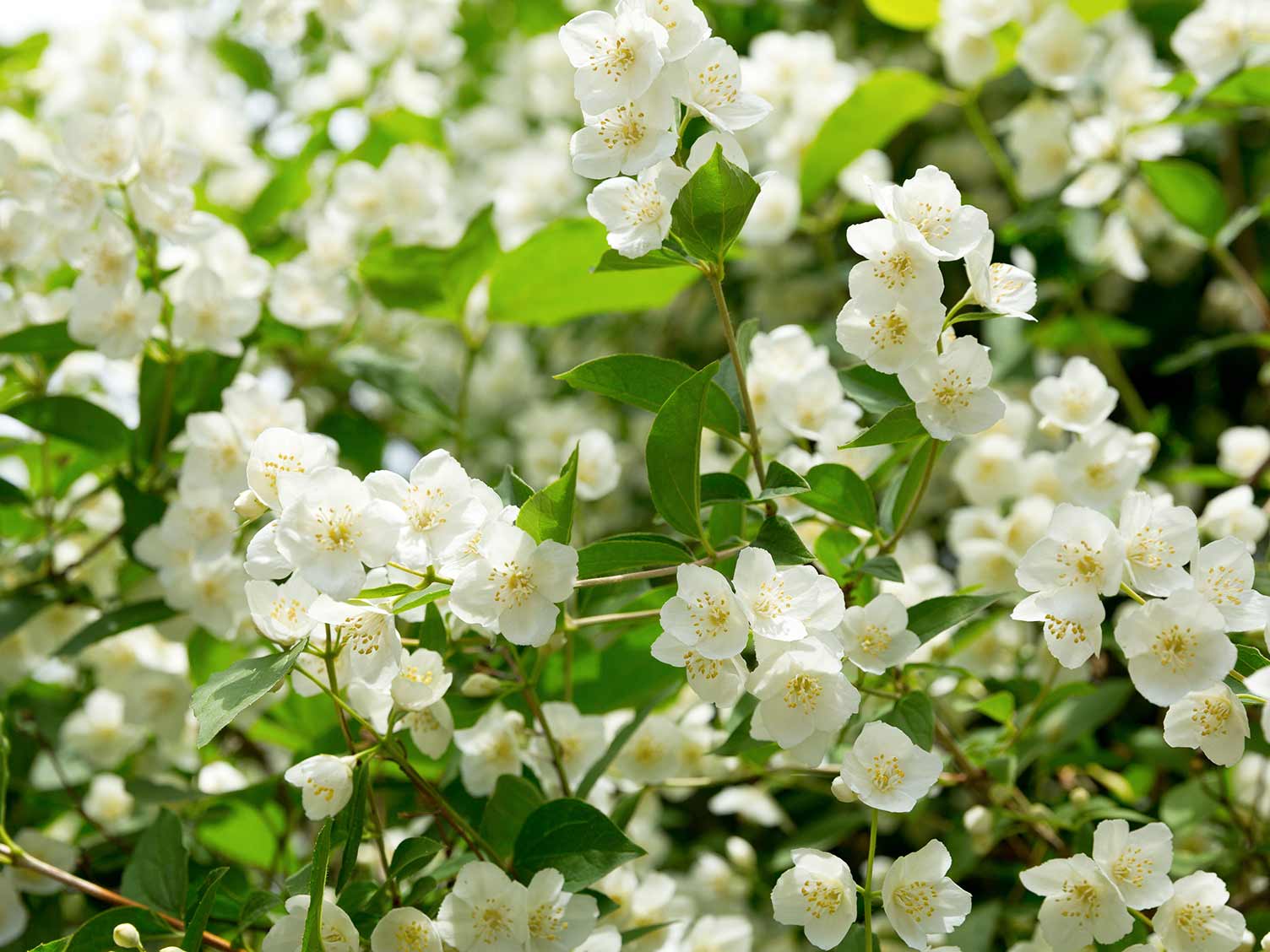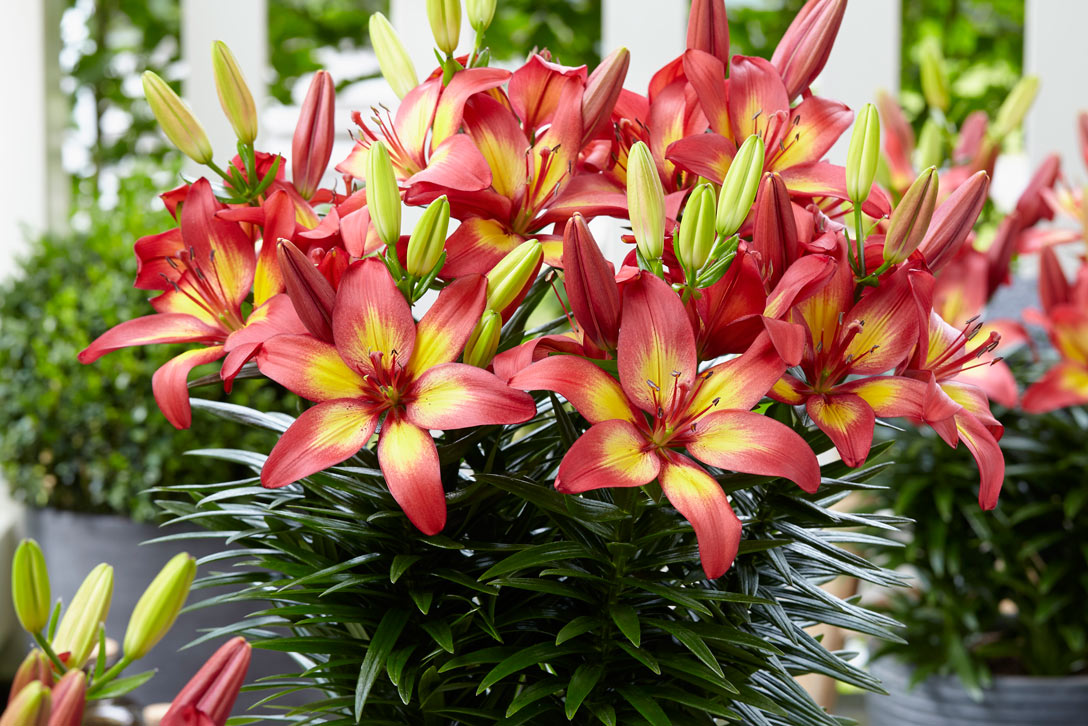The best flower plants you must have in your garden

These are the best plants you must have in your garden;
Rose,
When it comes to choosing the best rose plant, it depends on your specific preferences and requirements. However, here are a few popular rose varieties that are highly regarded by gardeners:

-
Hybrid Tea Roses: These roses are known for their large, elegant flowers and strong fragrance. They typically have long stems, making them suitable for cutting and displaying in vases.
-
Floribunda Roses: Floribundas produce clusters of flowers on each stem and are known for their prolific blooming throughout the season. They come in a wide range of colors and are generally hardy and disease-resistant.
-
Grandiflora Roses: This type of rose is a cross between hybrid teas and floribundas, combining the best traits of both. Grandifloras produce large, high-centered flowers on tall stems and are often repeat bloomers.
-
Climbing Roses: If you're looking to add vertical interest to your garden, climbing roses are a great choice. These roses can be trained to grow on walls, trellises, or fences and offer a beautiful display of flowers.
-
Shrub Roses: Shrub roses are known for their easy care and disease resistance. They come in various sizes and forms, from compact shrubs to larger specimens. Shrub roses generally have a long blooming season and can provide a colorful and low-maintenance addition to your garden.
Remember to consider factors such as climate suitability, sunlight requirements, and soil conditions when selecting a rose variety. It's also helpful to visit local nurseries or consult with experienced gardeners in your area to identify the best rose varieties that thrive in your specific location.
Jasmine,
Jasmine plants are known for their fragrant flowers and are cherished by gardeners and flower enthusiasts alike. Here's some information about jasmine plants:

-
Overview: Jasmine refers to a genus of flowering plants belonging to the Oleaceae family. There are over 200 species of jasmine, and they are native to tropical and subtropical regions in Asia, Europe, and Africa. The most common and popular species is Jasminum officinale, also known as common jasmine or poet's jasmine.
-
Appearance: Jasmine plants are typically climbing vines or shrubs, although some species can be grown as ground covers. They have glossy, dark green leaves that are either simple or compound, depending on the species. The flowers are usually white or yellow and emit a powerful, sweet fragrance.
-
Fragrance: The fragrance of jasmine flowers is highly sought after and is often described as sweet, intoxicating, and exotic. The scent is most potent in the evenings when the flowers release their perfume to attract pollinators.
-
Cultivation: Jasmine plants are relatively easy to grow, and they are cultivated for their ornamental value and fragrance. They prefer well-drained soil and thrive in sunny or partially shaded locations. Regular watering is necessary to keep the soil moist but not waterlogged. In colder climates, jasmine plants can be grown indoors or in containers and brought outdoors during the warmer months.
-
Flowering: Jasmine plants typically bloom in summer or early fall, although flowering times may vary depending on the species and growing conditions. The flowers are usually star-shaped with five or more petals and can be single or double. Some jasmine varieties produce flowers throughout the year.
-
Symbolism and Uses: Jasmine has cultural significance in many countries and is often associated with love, beauty, and purity. In some cultures, jasmine flowers are used in religious ceremonies, perfumes, and teas. Jasmine essential oil, extracted from the flowers, is used in aromatherapy for its calming and soothing properties.
-
Popular Varieties: Besides the common jasmine (Jasminum officinale), there are several popular jasmine varieties, including Arabian jasmine (Jasminum sambac), winter jasmine (Jasminum nudiflorum), star jasmine (Trachelospermum jasminoides), and Carolina jasmine (Gelsemium sempervirens).
-
Pruning and Maintenance: Jasmine plants benefit from regular pruning to maintain their shape and encourage new growth. Pruning is typically done after flowering to remove dead or damaged branches. Training the vines onto a trellis or support structure helps control their growth and enhances their appearance.
-
Potential Concerns: While jasmine plants are generally hardy, they can be susceptible to pests such as aphids, scale insects, and spider mites. It's important to monitor the plants regularly and take appropriate measures, such as using insecticidal soap or natural predators, to control infestations. Some species of jasmine are toxic to pets if ingested, so caution should be exercised if you have animals around.
Jasmine plants are beloved for their exquisite fragrance and delicate beauty, making them a popular choice for gardens, balconies, and indoor spaces.
lilies,
Lilies are flowering plants that belong to the genus Lilium and are known for their large, showy, and fragrant flowers. They are native to the temperate regions of the Northern Hemisphere, including parts of Europe, Asia, and North America. Lilies have been cultivated for centuries and are highly popular in gardens and floral arrangements due to their beauty and elegance.
Here are some key points about lilies:

-
Flower Characteristics: Lilies have trumpet-shaped flowers with six petals arranged in a radial pattern. The petals can be various colors, including white, yellow, pink, red, orange, and purple. The flowers are often fragrant and have prominent stamens with pollen-producing anthers.
-
Types of Lilies: There are many different types of lilies, including Asiatic lilies, Oriental lilies, Trumpet lilies, Martagon lilies, and Easter lilies, among others. Each type has its unique characteristics, such as flower size, shape, color, and fragrance.
-
Growth Habit: Lilies are perennial plants, meaning they live for more than two years. They grow from bulbs, which are underground storage organs. The bulbs produce roots, stems, and leaves, and eventually flower. Lilies can grow to varying heights, ranging from a few inches to several feet, depending on the species and variety.
-
Sunlight and Soil Requirements: Lilies generally prefer full sun or partial shade for optimal growth and flowering. They thrive in well-draining soil that is rich in organic matter. The soil should be moist but not waterlogged to prevent bulb rot.
-
Planting and Care: Lilies are usually planted in the fall, as this allows the bulbs to establish roots before the onset of winter. The planting depth and spacing depend on the specific variety, so it's important to follow the instructions provided with the bulbs or plants. Regular watering, especially during dry periods, is essential to keep the soil consistently moist. Applying a balanced fertilizer during the growing season can help promote healthy growth and blooming.
-
Propagation: Lilies can be propagated through bulbs or by dividing existing plants. Bulbs can be dug up, divided into smaller sections, and replanted. Division is typically done in early spring or fall when the plants are dormant. Seeds can also be collected and sown, but they may take several years to produce flowers.
-
Pests and Diseases: Lilies can be susceptible to certain pests and diseases, including aphids, lily beetles, slugs, and botrytis blight. Regular monitoring and proper care can help prevent or manage these issues. Removing faded flowers and stems can also help reduce the risk of disease.
-
Symbolism and Uses: Lilies hold various symbolic meanings across different cultures. They are often associated with purity, beauty, and rebirth. Lilies are commonly used in floral arrangements for special occasions, such as weddings and funerals, and they are also popular as garden plants, adding elegance and color to landscapes.
It's important to note that while lilies are beautiful and widely enjoyed, they can be toxic to cats. If you have cats, it's recommended to choose cat-safe plants or keep lilies out of their reach.








